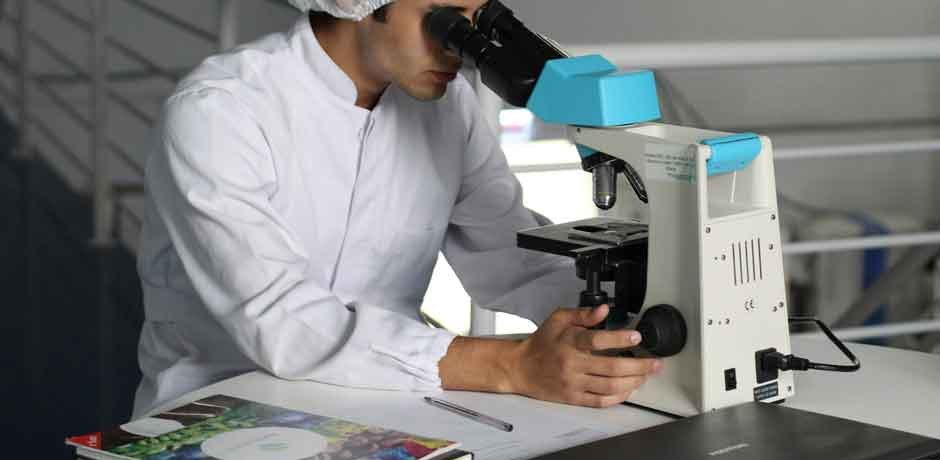Innovations in surgery play a pivotal role in advancing patient care, improving surgical outcomes, and shaping the future of medicine. Through continuous advancements in technology, techniques, and equipment, the field of surgery has witnessed transformative changes that have enhanced the safety, precision, and effectiveness of surgical procedures. These innovations have allowed for minimally invasive approaches, robotic assistance, and personalized solutions, ultimately leading to reduced recovery times, improved patient satisfaction, and better overall quality of life. Embracing innovation in surgery not only expands the frontier of medical possibilities but also underlines the commitment to providing patients with the best and most advanced care available.
Minimally Invasive Surgery
Minimally invasive surgery has revolutionized medicine by significantly transforming the way surgical procedures are performed and experienced by patients. This technique, also known as laparoscopic surgery, involves making small incisions through which specialized surgical instruments and a tiny camera are inserted to perform the operation. Patients undergoing minimally invasive procedures experience reduced post-operative pain, shorter hospital stays, faster recovery times, and minimal scarring compared to traditional open surgeries. The range of procedures that can be done using minimally invasive surgery techniques continues to grow. A
Robotic Surgery
The innovation of robotic surgeries has revolutionized the field of medicine, offered incredible precision and enhanced surgical capabilities. Robotic surgery, also known as robot-assisted surgery, involves the use of advanced robotic systems to perform minimally invasive procedures with unparalleled accuracy. Robotic surgeries have significantly impacted medicine by allowing surgeons to perform complex procedures with enhanced dexterity, flexibility, and control. The minimally invasive nature of robotic surgeries results in smaller incisions, reduced trauma to surrounding tissues, and faster patient recovery. The ongoing advancements in robotic technology continue to push the boundaries of surgical innovation, promising even greater benefits for patients and healthcare professionals alike.
3D Printing in Surgery
One of the most significant impacts of 3D printing in surgery is the ability to create patient-specific implants and prosthetics. Surgeons can now use 3D printing technology to produce customized implants tailored to the exact dimensions of a patient’s anatomy, leading to better outcomes and reduced risk of complications. Furthermore, 3D printing allows for the creation of highly intricate surgical models that can be used for preoperative planning and surgical training. Surgeons can practice complex procedures on accurate 3D-printed models, leading to improved precision and confidence in the operating room. Additionally, 3D printing has facilitated the development of bioresorbable implants that can degrade over time as the patient heals, eliminating the need for a second surgery to remove the implant.
Topical Thrombin
Topical thrombin, also known as thrombin powder, is a hemostatic agent used to control and minimize bleeding during surgical procedures. It is derived from bovine or human plasma and acts by promoting the conversion of fibrinogen into fibrin, thereby initiating the coagulation cascade and forming blood clots. This helps to seal off small blood vessels and capillaries, reducing blood loss and improving surgical outcomes. Topical thrombin is commonly used in various surgical specialties, including cardiovascular, orthopedic, and general surgery. It is particularly valuable in procedures involving highly vascularized tissues or when conventional methods of achieving hemostasis are ineffective. Additionally, topical thrombin is beneficial for patients with coagulation disorders or those taking anticoagulant medications, as it provides a targeted approach to controlling bleeding without systemic effects.
Conclusion
In conclusion, the continued importance of innovation in surgery cannot be overstated. Advances in surgical techniques, tools, and materials have greatly improved patient outcomes, reduced recovery times, and minimized the risks associated with surgical procedures. From minimally invasive procedures to the development of new surgical devices and technologies, innovation has played a crucial role in enhancing the practice of surgery. Furthermore, ongoing research and development are essential for addressing the evolving healthcare needs of a growing and aging population. Innovations in surgery not only benefit patients but also contribute to the advancement of medical science as a whole. Therefore, investment in research, collaboration between medical professionals and technology experts, and a commitment to embracing innovative ideas are imperative for ensuring that surgical innovation continues to thrive and positively impact the field of medicine. If you are a surgeon, ensure that you stay current on innovations in your field so that you can provide the best patient care possible.






